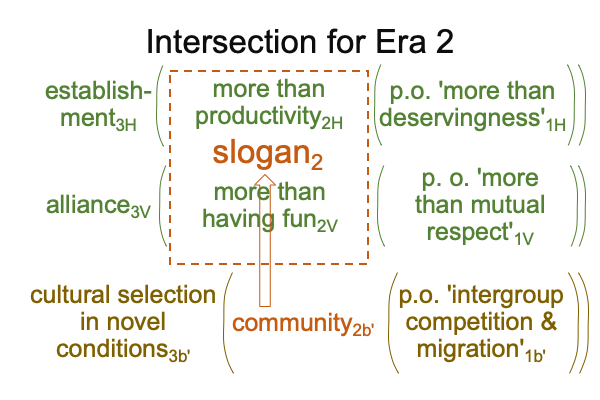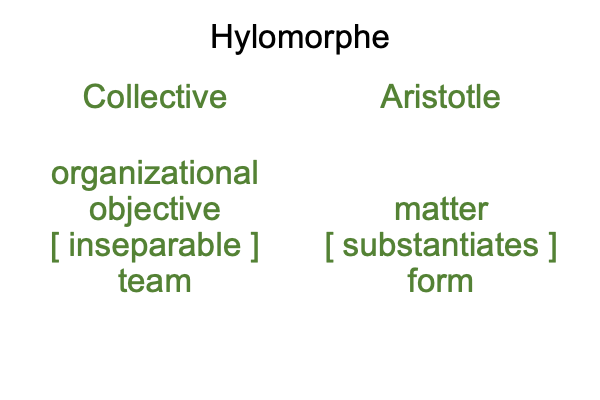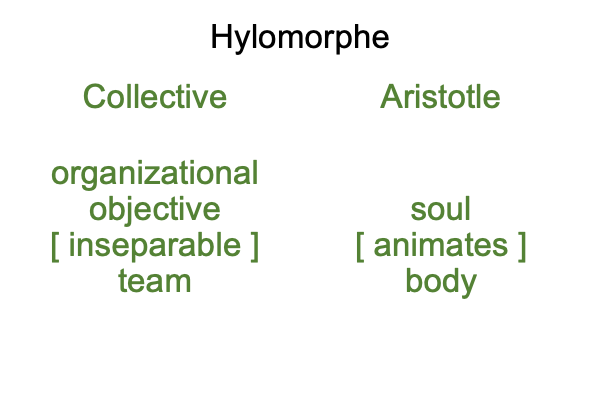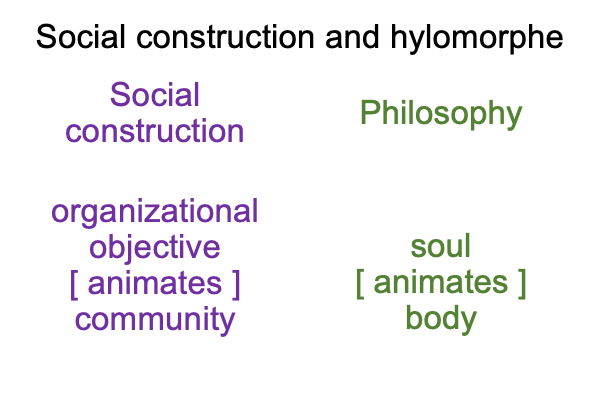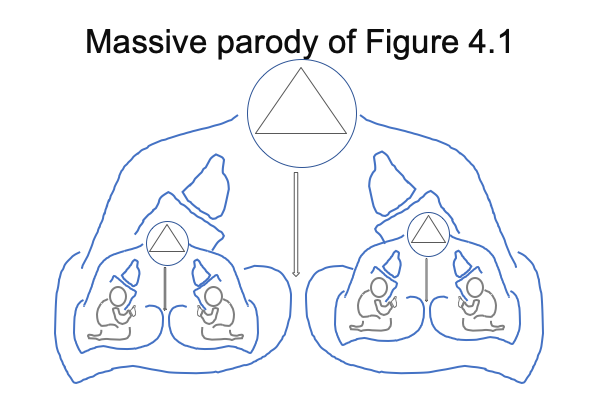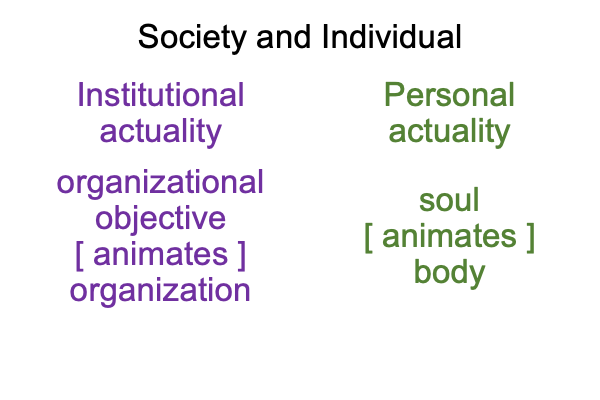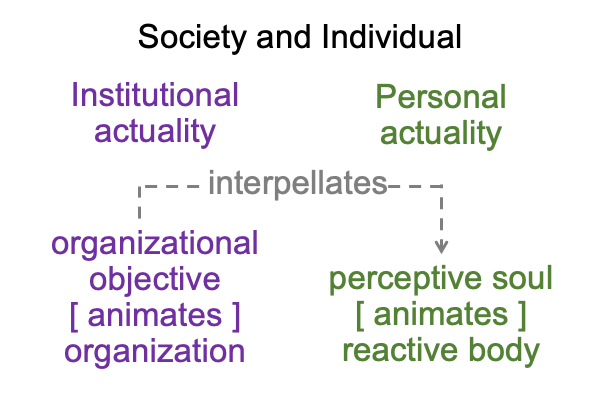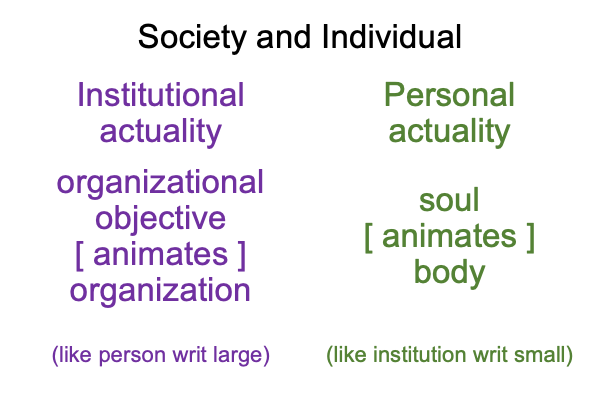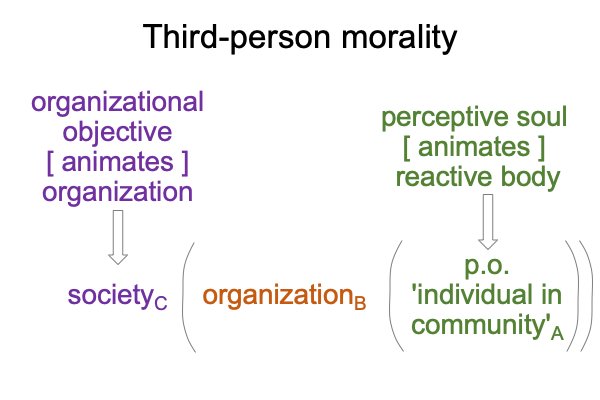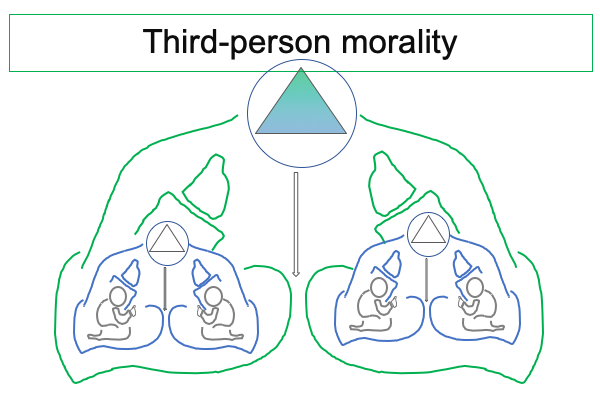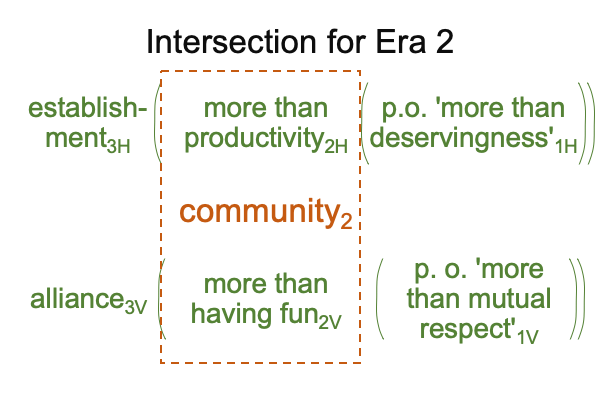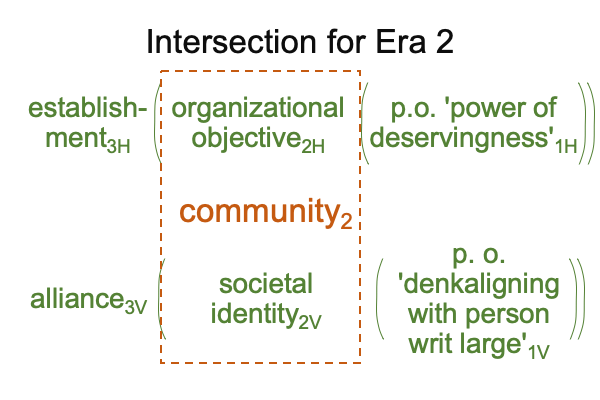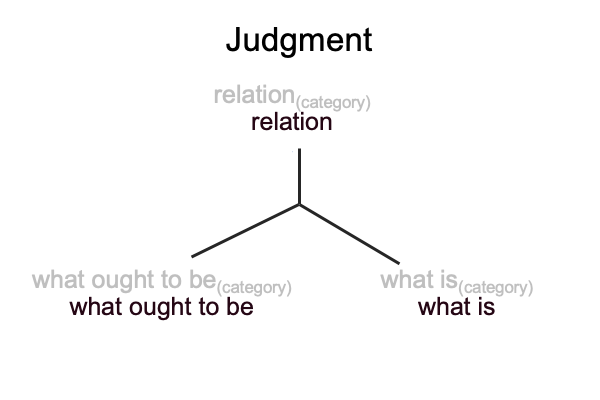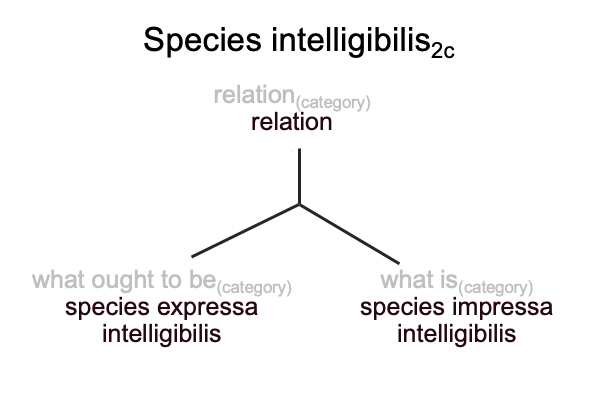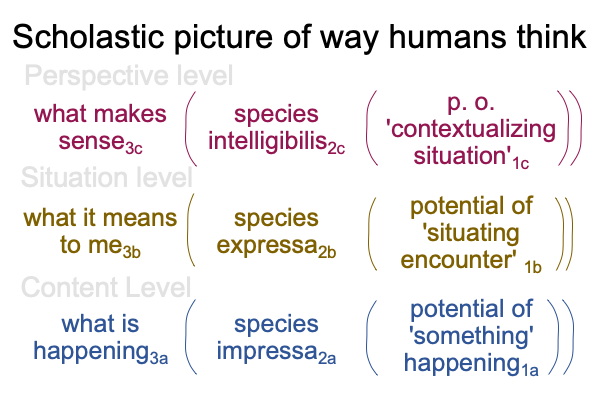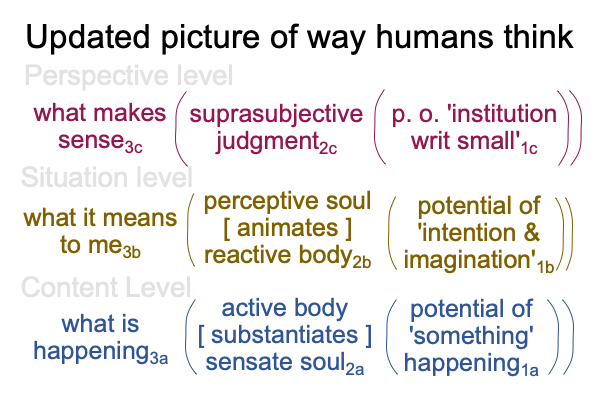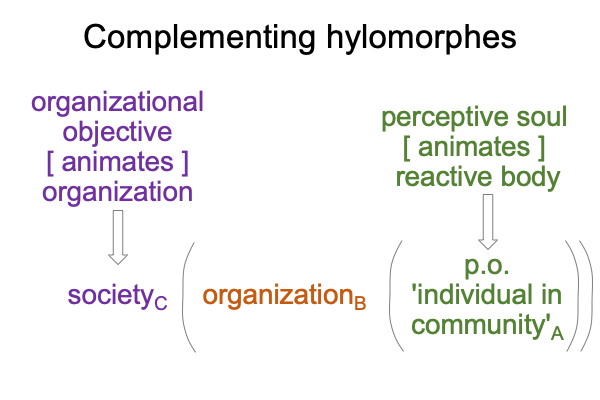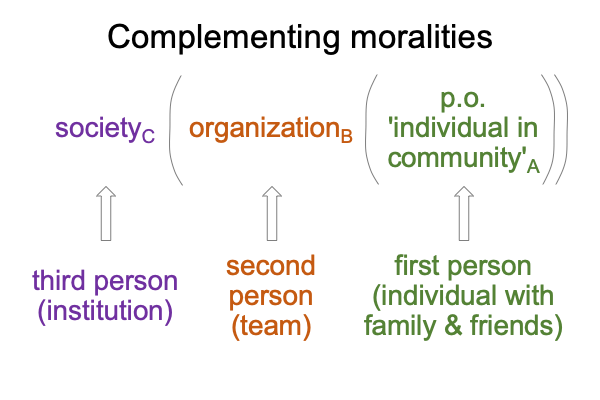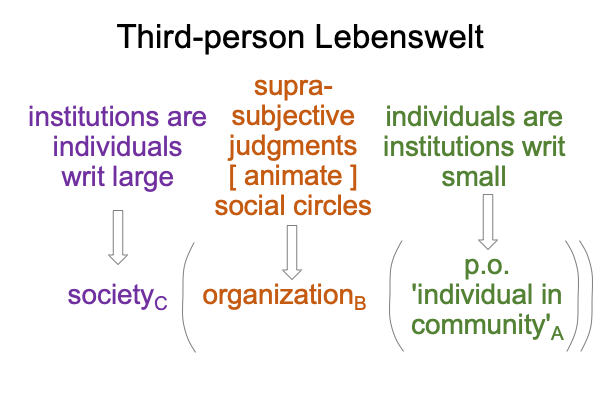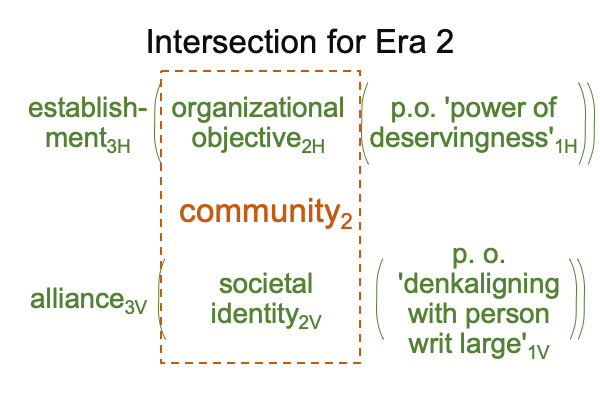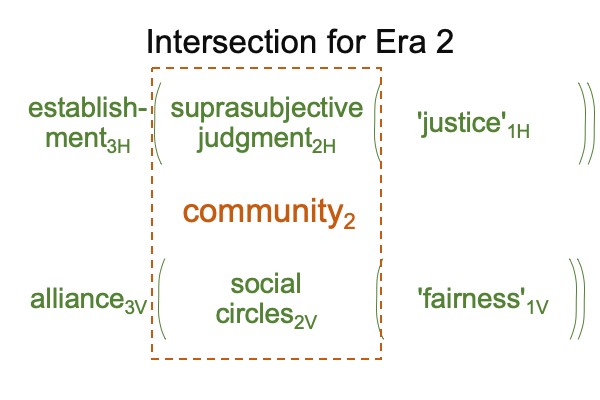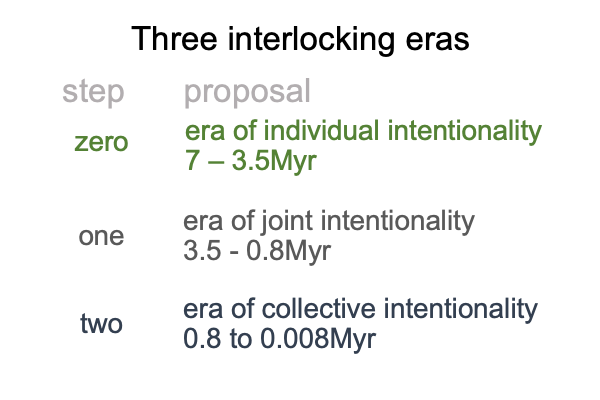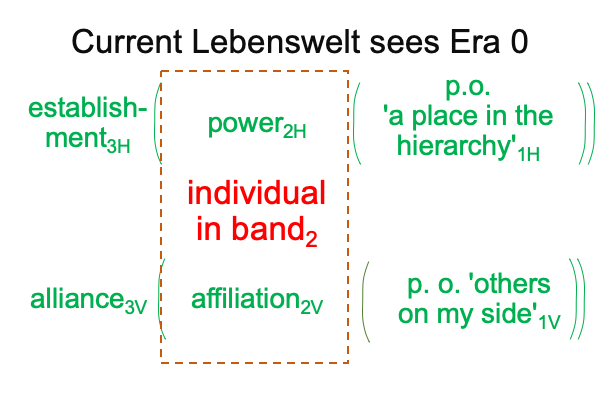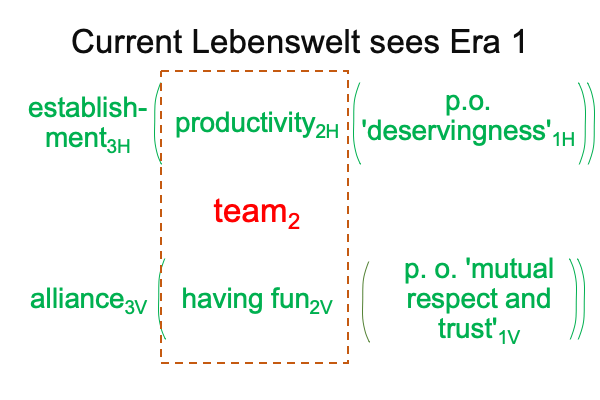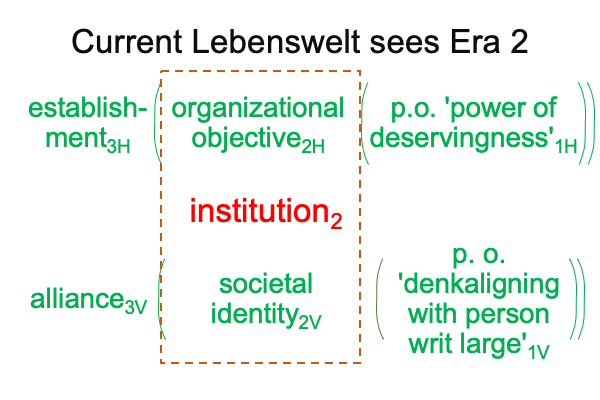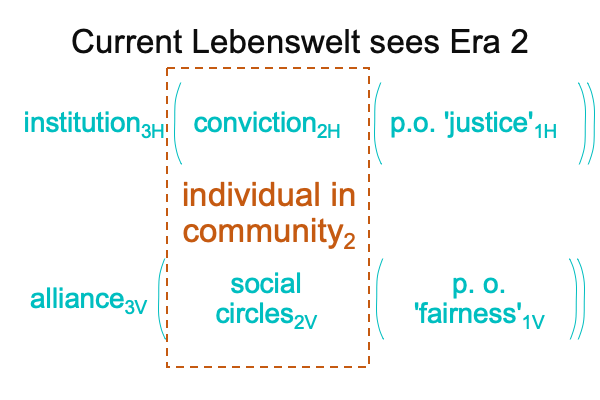Looking at Michael Tomasello’s Book (2016) “A Natural History of Human Morality” (Part 11 of 22)
0490 Chapter four is titled, “Objective Morality”.
Why apply the qualifier, “objective”, instead of “third-person”?
0491 Here is a picture of Tomasello’s three interlocking movements, once again.
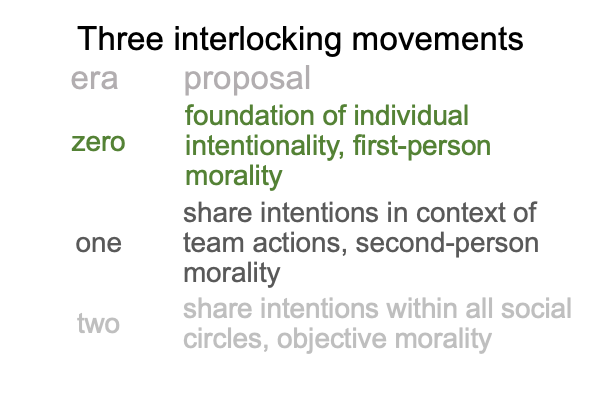
To me, the pattern is obvious. But, what is the difference between Tomasello’s qualifier, “objective” and the pattern-completing qualifier, “third-person”.
Who could the third person be?
0492 Before addressing this question, I must step back and consider the primary social circle under cultural selection for each era of intentionality.
Of course, every social circle undergoes cultural selection.
Yet, it is crucial to recall which social circles are under more intense selection.
Which social circle stands in the place of interdependence2b?
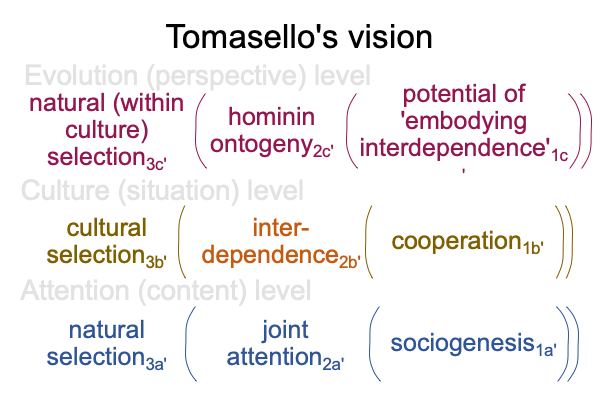
In each era, one social circle2b stands out as the primary site where interdependence2b emerges from and situates cooperation1b in the normal context of cultural selection3b.
0493 For the era of individual intentionality, the band2b must maintain a balance between power2H and affiliation2V in the face of predation1b. The normal context is cultural selection3b, in the always productive tropical forest3b.
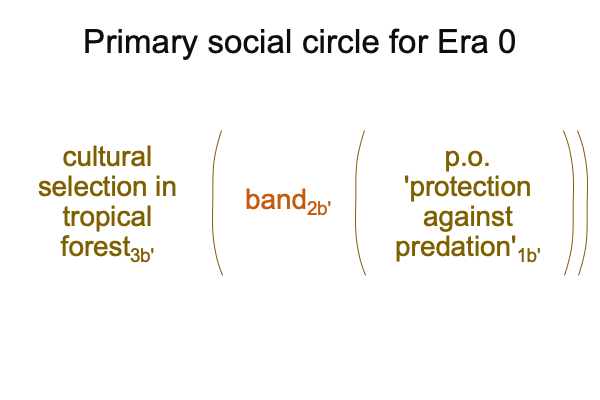
0494 For the era of joint intentionality, the team2b must balance productivity2H and having fun2V in meeting the demands of obligate collaborative foraging1b. The normal context is cultural selection3b, in seasonally and locally productive mixed forest and savannah3b.
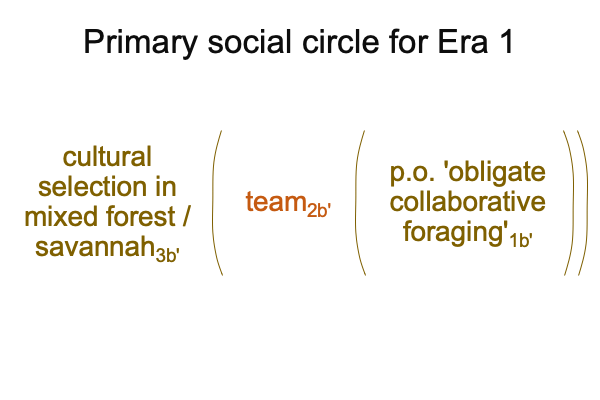
0495 For the era of collective intentionality, the community2b must balance between something more powerful than productivity2H and something more worthy of affiliation than having fun2V. Tomasello does not name these contributing actualities. Instead, he covers both with the blanket term, “objective morality”.
Why does this work?
Well, isn’t something that is objectively moral more powerful than productivity and more worthy of affiliation than having fun?
Yeah, why not?
0496 Something that is objectively moral2b emerges from and situates the potential of competing tribes, migrating due to a varying climate, and settling novel environments and ecologies1b in the normal context of cultural selection during the Pleistocene3b.
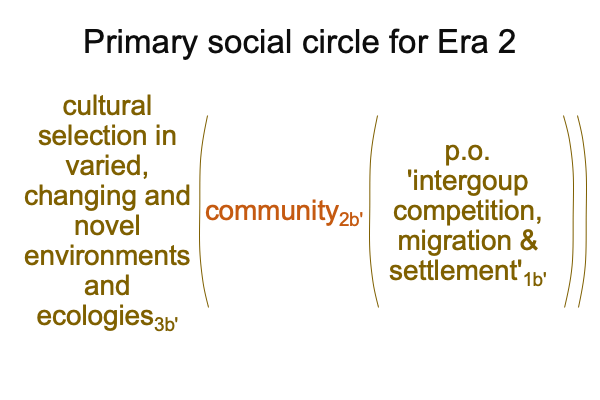
0497 I ask, “If the band is a congery of family and intimate relations, at most, and one-person intentionality, in general, then the term, ‘first-person morality’ seems appropriate. If the team is a web of ‘you-me’ relations and shared intentionality, then the descriptor, ‘second-person’ morality should apply. If the community is a web of team relations,where ‘you-me’ relations abound and influence the operations of every social circle, then why doesn’t the label, ‘third-person morality’ apply?”
Why use the qualifier, “objective”.
0498 Tomasello offers Figure 4.1 as an illustration.
Three stick figures dance around the totem that appears in Figure 3.1 (the one that more-or-less says, “We legitimately self-regulate according to our responsibility”). But, now the triangle is an ellipse that basically says, “We express a collective commitment to right versus wrong”. A double arrow passes between each stick figure. Then, a single dotted arrow passes from the head of each stick figure to the former triangle, now ellipse. Then a solid arrow descends to the double arrows between each figure, showing that individual awareness proceeds to the ellipse and the ellipse fortifies the double-arrow binding each “you-me” relation.
I suppose that the triangle, now ellipse, represents objective morality.
0499 I could say that Figure 4.1 illustrates third-person morality because there are three stick figures. But, that would be a cheap comment.
Instead, I offer an alternate picture, since the two figures in 3.1 represent a “you-me” relation. Indeed, the two figures in 3.1 now represent every “you-me” relation in all the social circles, but most crucially, the community.
One third-person encompasses the two individuals in each and every “you-me” relation.
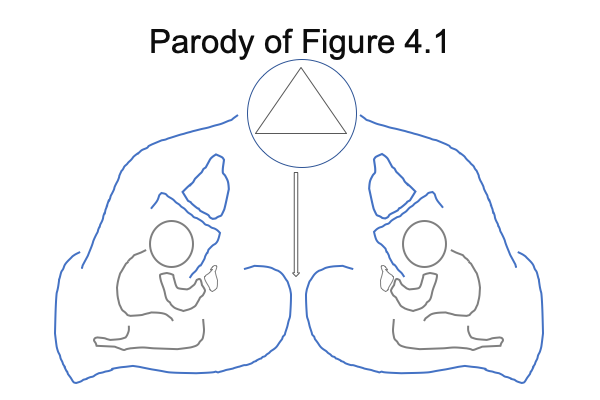
0500 Surely, something that is third-person moral is more powerful than productivity and more worthy of affiliation than having fun.
Plus, this third-person can be expressed as a fully grammatical hand-talk statement.
[POINT to self][POINT to others in conversation][PANTOMIME bringing sticks together and tying a string around them][POINT to my lips][POINT to sky]
Of course, the statement is nonsensical.
Perhaps, I can roughly translate the statement as, “We belong to the one who binds us together like sticks, without us knowing why.”

